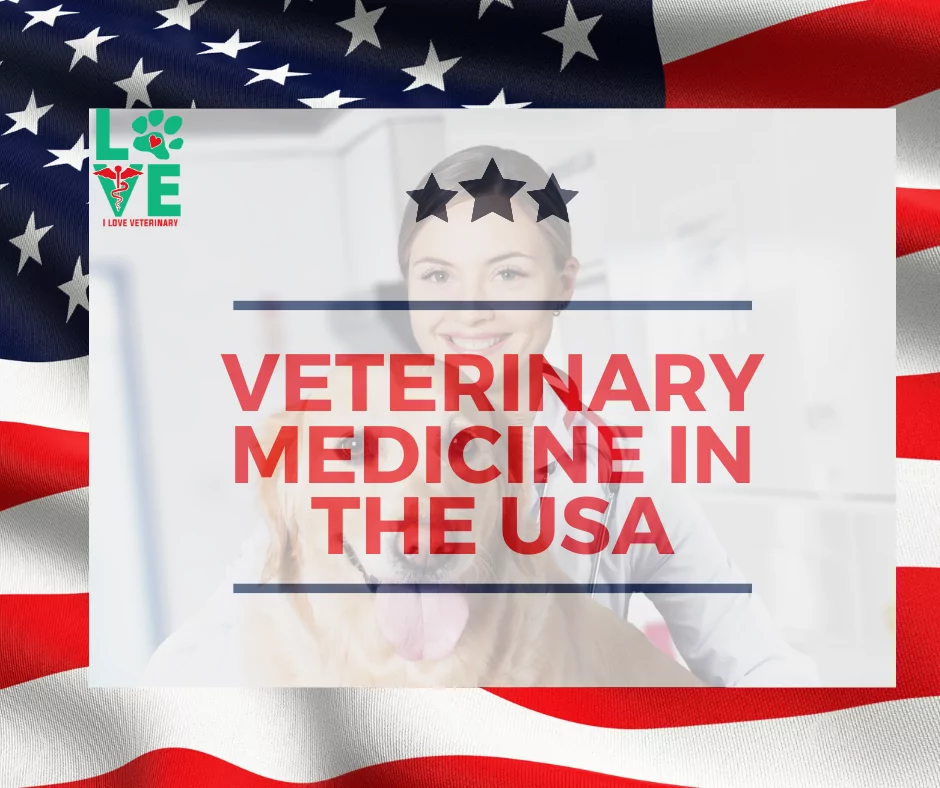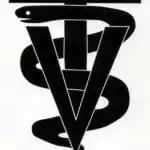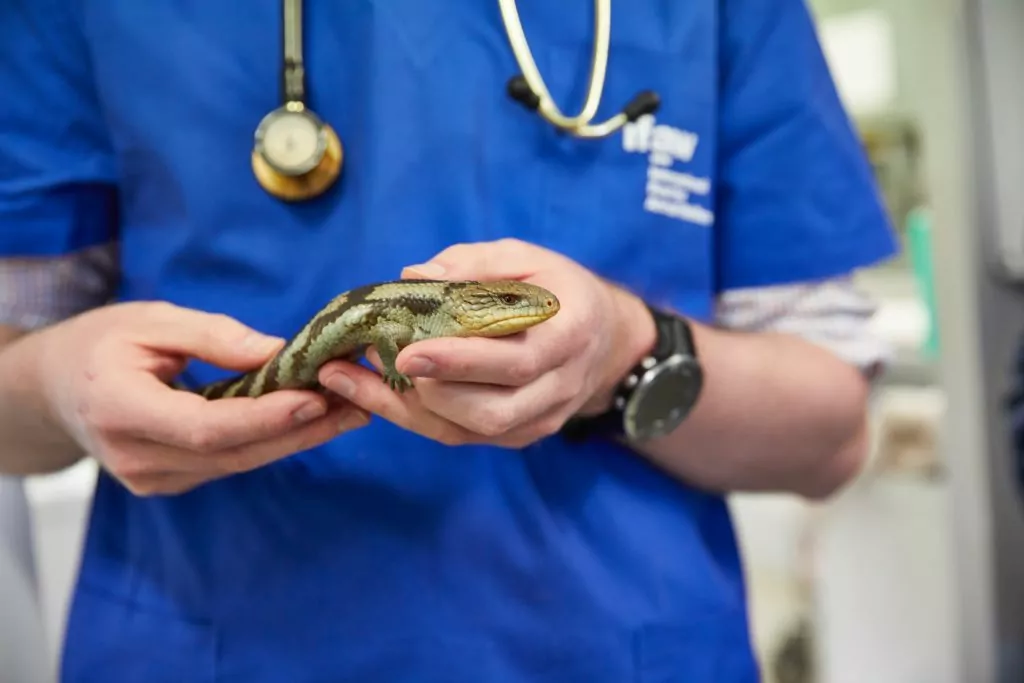
Veterinary medicine in the USA is a tough field, but potentially rewarding profession. There are many roles to fill and they all have different training and educational requirements. There are jobs in veterinary medicine for everyone depending on the level of responsibility you desire and the amount of training you wish to pursue.
Many people start off slow and gain on-the-job training as a veterinary assistant before pursuing more advanced training. If you wish to become licensed or practice medicine as a doctor, the requirements are specific and strict.

Job Opportunities
Veterinary medicine involves both doctors and technicians. While doctors earn an advanced post graduate degree (DVM or VMD) technicians have a shorter undergraduate degree requirement.
Technicians have the option of becoming a licensed veterinary technician (LVT) which requires a national test and continuing education credits.
Veterinary technicians can also undergo further training to specialize in specific areas of veterinary medicine. The requirements for licensing vary by state. Many veterinary technicians get their start with on-the-job training and continue on with their education from there.
Veterinary Medicine in the USA
In the United States, a person with a degree in veterinarian medicine can work in a wide variety of settings. The traditional veterinarian works in a clinical setting as a general practitioner. These veterinarians often specialize in farm animals, equine, small animals, and exotics.
However, some veterinarians see both large and small animals in their practice. The general practitioner sees a range of cases from simple vaccinations to internal medicine, orthopedics, surgery, etc.

Beyond the general practitioner, there are specialists in nearly every field of medicine imaginable. These veterinarians go through several years of training beyond vet school to become board certified in their selected field.
There are medical boards that certify specialists in dentistry, surgery, oncology, ophthalmology, internal medicine, behavior, cardiology, and much more. These doctors tend to work at specialty centers and get most of their patients through referrals from general practitioners.
There are also veterinary positions in the state and federal government including the U.S. military. These positions are usually more focused on public health concerns and minimizing the impact of a disease. Although some of these veterinarians are still hands-on with animals, many of them are studying trends and research.
Some veterinarians work in the education field training new veterinarians and technicians. These educators split their time between lecturing to classrooms and working in a teaching hospital and doing research. Other veterinarians work strictly in research for pharmaceutical manufacturers or in the marketing of veterinary products.

Educational Requirements
Educational requirements to work in a veterinary medicine range from on-the-job training for veterinary assistants to 8 years or more of university training for DVMs.
A veterinary assistant is typically on-the-job training with an option to take an online distance learning course. Veterinary technician programs are usually two-year undergraduate degrees.
A veterinary technologist is a person that undergoes a four-year bachelor’s degree in veterinary technology. In order to become licensed, a technician must complete a degree from an approved education program and then meet the licensing requirements of the state in which they plan to work. A licensed technician is then required to complete a certain number of continuing education credits every licensing period to keep their license up to date.
In order to become a Doctor of Veterinary Medicine, you must typically complete a four-year bachelor’s degree and then four years of veterinary school. Once schooling has been completed, you are required to pass both a national and a state board exam to be allowed to practice medicine.
If you graduate from a school that is not accredited by the American Veterinary Medical Association (AVMA), you complete the requirements set by the Education Commission for Foreign Veterinary Graduates (ECFVG) to be allowed to practice medicine in the United States.
Graduating from a university outside of the United States does not automatically mean that you have to complete ECFVG requirements. Some foreign veterinary schools are accredited by the AVMA and graduation from these schools are essentially the same as graduating from a state-side school as far as licensing requirements are concerned.
Accreditation and Licensing Requirements
New education programs are becoming accredited every year so be sure to check the appropriate sources to determine the most up to date information. A list of current, past, and upcoming accreditation can be found on the AVMA website.
Licensed Technician
To become a licensed technician, almost all states require graduation from a program accredited by the AVMA and passage of the Veterinary Technician National Exam (VTNE). Some states may require passage of a state exam as well so be sure to check the specific requirements set by your state’s exam board.

DVM
Doctors of veterinary medicine must graduate from an accredited veterinary medicine program or approved foreign program and pass either the national board exam or the ECFVG board exam as well as complete the examination requirements of their specific state. States usually require a specific number of continuing education credits within the licensing period to renew the license.
Salary
The main starting salary of a new DVM graduate is about $67,000. This varies by type of practice and geographic location. Most veterinarians work in private practice with a larger number of opportunities to work in small animal medicine. Rural areas tend to offer lower salaries.
About 20% of graduates go forward into an internship or residency program for advanced training in a specialty field. The average salary of a veterinary technician is about $31,000/year. This, of course, varies by level of training and job responsibility in addition to geographic location.

Conclusion
Whether you are just starting out and not sure if veterinary medicine is right for you or if you’re ready to jump in with both feet, there is a position and training program for you.
Check with your state veterinary medical association to get both the educational and training requirements and find training programs near you.
Check with your local veterinary offices to see if any are willing to take you with on-the-job training until you are able to complete your education. If your ultimate goal is to attend medical school and become a DVM, start early and plan ahead. It takes time to meet all of the requirements for practicing medicine.
If you want to know more about Veterinary Medicine in Europe read our article!
